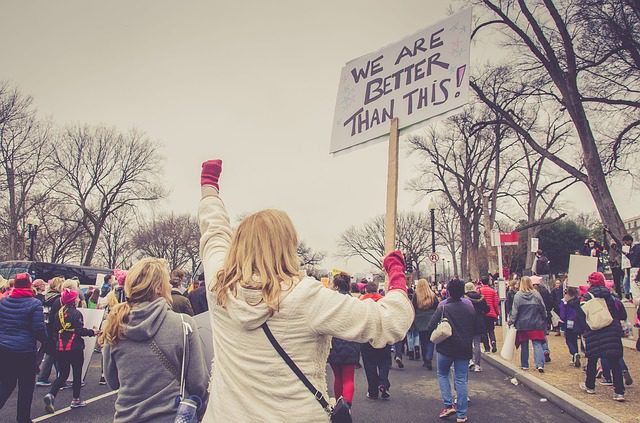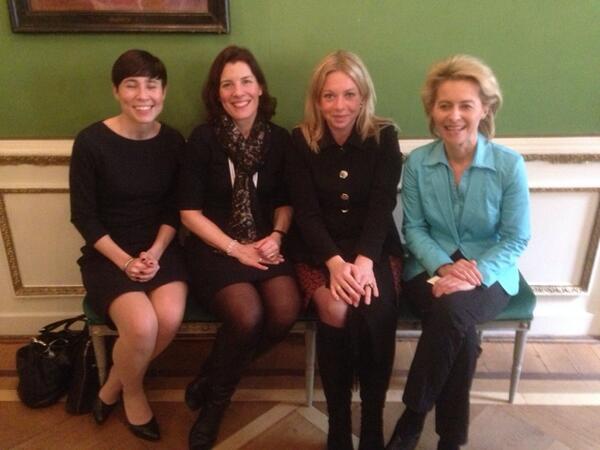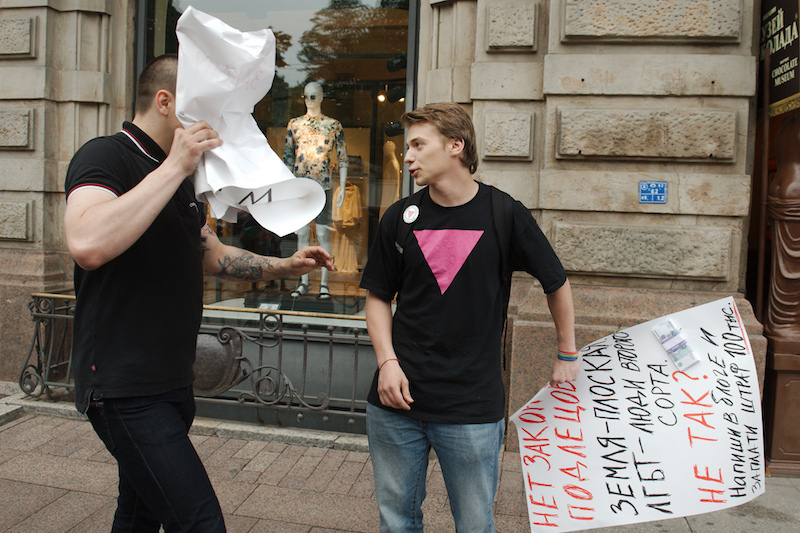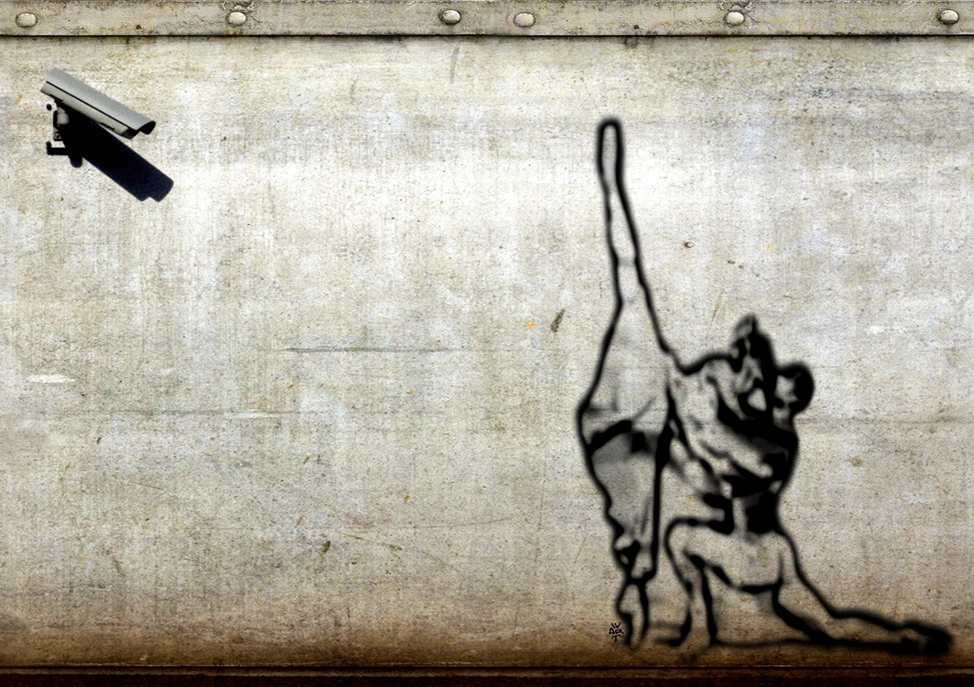On October 31, 2000, the United Nations Security Council voted unanimously to pass Resolution 1325: Women, Peace and Security. This landmark resolution was the first of its kind to address the inordinate impact of armed conflict on women and girls. Seventeen years later, we evaluate its impact.
What is it?
The objective of Security Council Resolution (SCR) 1325 was to recognize the disproportionate impact that war and conflict has on women. It also highlights that women have been excluded from the peace process and have not been taken into account during post-conflict discussions. The resolution calls for equal and active participation of women, from conflict prevention to post-conflict situations. It also calls for the prevention of sexual violence and for state actors to hold perpetrators accountable. SCR 1325 has now evolved into the Women, Peace and Security Agenda, an entire mandate including seven other resolutions that passed in succeeding years.
SCR 1325 is propped upon four mainstays: participation, protection, prevention, and relief and recovery. Meaningful participation of women in prevention efforts, peace talks, and post-conflict reconstruction planning greatly aids in the restructuring of societies. In conflict zones, sexual and gender-based violence is often perpetuated, and women and girls require special protection. Prevention refers to efforts in integrating women’s rights into law and prosecution of violent crimes. Relief and recovery refers to specific policy that women and girls require during post-conflict situations as well as in refugee camps.
SCR 1820 and 2242
Eight years after the proclamation of SCR 1325, there was another, UNSCR 1820. This resolution highlights sexual violence during times of conflict and stresses the need for appropriate action to be taken to hold perpetrators of violence accountable. Since then, six other resolutions have been added to the Women, Peace and Security Agenda, the latest, UNSCR 2242, invoked in 2015. SCR 2242 calls on member states to further implement SCR 1325 and to increase the integration of the Women, Peace and Security Agenda into their policies. It also asks that member states update their National Action Plans and help other member states create them, where required.
SCR 2242 was called upon fifteen years after the conception of SCR 1325 and unfortunately sounds very familiar. It reaffirms all seven of the prior SCRs of the Women, Peace, and Security Agenda and continues to call for action. The document acknowledges the substantial link between women’s meaningful involvement in all stages of conflict situations and the need for greater changes in attitudes towards women and their abilities. It also comments on how men and boys must be partners in this struggle for equality, a concept that was highlighted by the #HeForShe campaign, though this has lost considerable momentum since its conception in 2014. The resolution calls for an increased amount of funding for Women, Peace and Security programs, and reaffirms a need for gender analysis and expertise to be involved in each step of peacekeeping operations run by the Department of Peacekeeping Operations (DPKO). SCR 2242 is essentially a reiteration of SCR 1325 with updated jargon. What does this tell us about the efficiency of SCR 1325?
Progress?
In some member states, it is understandably difficult to change the opinions that have pervaded society generation after generation. In G7 countries, one would think it should be much easier, but this is not the case. Currently, in Canada out of 334 Members of Parliament, only 89 are women and in the United States, women make up 19% of congress, 25% of all state legislators, and 12% of the nation’s 50 governors. Diplomatic relations are also still predominantly led by men rather than women. Only now, the first female ambassadors to Canada from the U.S., the U.K., Germany, and France have been appointed. This is possibly because for the first time ever, Canada has a gender-equal Cabinet. Trudeau’s government has stressed the fight for gender equality on the international stage. While this was highly controversial, for a number of valid reasons, it has created ripples in the field of foreign diplomacy, and ensures that women will continue to strive for higher positions.
In 2010, the DPKO and Department of Field Support (DFS) released a report entailing the progress of SCR 1325 at the ten-year mark. Women’s participation in peace negotiations remained low, especially in more rural areas. Effort to increase female participation in the military was recognized, as well as an increase in female voters. However, gender-based violence remained a struggle to address for local entities. Women who were internally displaced by conflicts and female refugees had also not improved much in terms of their overall well-being.
Four years later, Secretary-General Ban-Ki Moon released a report on the impact of the Women, Peace and Security Agenda and the findings were not too different. Less than 3% of signatories to peace agreements are women, and less than 10% of negotiators are women. Sexual violence is still a weapon of war and women are still not included in many traditional judicial systems.
It is not as though the UN is unaware of the inefficacy of the Women, Peace and Security Agenda. The strides that have been made are commendable, but insufficient. The Security Council hosted a meeting on October 27, 2017 to debate methods of improving the prevention aspect of the Women, Peace and Security Agenda. Although gender-based violence in situations of armed-conflict is highly addressed by the media, perpetrators are seldom brought to justice. In addition, the amount of women in positions of power during conflict or post-conflict situations has stagnated at 16%.
On the seventeenth anniversary of SCR 1325, we must ruminate on the reasons why the landmark resolution did not instigate a turning point. Though changes have been made: 58 National Action Plans were drawn up to integrate SCR 1325, it’s not enough to just report year after year that the situation has not changed and that more must be done.
How can we change?
Gender Mainstreaming, formally introduced in 1995 during the Forth World Conference on Women in Beijing, China, is a strategy used to evaluate the impact for both men and women of any planned actions, policies, or programmes in all areas and at all levels. This is an approach that deliberates upon gender analysis in order to implement or recommend appropriate policies and practices. The goal is gender equality through the integration of gender perspectives across the spectrum.
This is the most likely method through which SCR 1325 can be realized. During conflict situations, women are more likely to be internally displaced than men but their perspective in post-conflict situations is seldom considered. Their physical and mental health needs are different as well as the programmes and initiatives required to rebuild after conflict has ended. Coupled with the male perspective, this can lead to more beneficial policies.
Peacebuilding is a complex process that is best conducted when there are multiple compliant actors and a multitude of examined perspectives. This process must consider structural forms of injustice and this can only be thoroughly conducted through the complete analysis of all gender perspectives. Research on the multidimensional issues that plague different populations contributes to the advocacy of justice followed by policy advisories, either by the UN or other multilateral organizations, or even a direct policy change among member countries or signatories.
Why is this important?
In conflict situations, all human beings suffer from trauma. Famine, bombing, epidemics, ethnic cleansing, et cetera affect everyone, regardless of gender. But women are also targets of sexual violence and exploitation. Women and children bear many of the negative impacts of war and conflict situations, so it is essential for women to play a meaningful role in building and rebuilding the foundations for enduring peace. In many respects, SCR 1325 has made strides; it is known internationally and has increased so tenaciously that it has its own agenda. In order for substantial effects to transpire, however, the issues encompassing SCR 1325 must not only be endlessly reiterated. The countless calls for action and reaffirmations must be superseded by yet more policy changes and perhaps the use of temporary measures to increase the applicability of the resolutions. Women in the peacekeeping process and world of diplomacy become role models for women in communities, and a broader set of skills is available to each and every mission. Why would we not want this to be the future of peacebuilding? In three years, SCR 1325 will turn 20 years old. Let’s stop repeating the same rhetoric and make something happen.
Photo: Woman protesting for her rights (2017). Public Domain.
Disclaimer: Any views or opinions expressed in articles are solely those of the authors and do not necessarily represent the views of the NATO Association of Canada.




